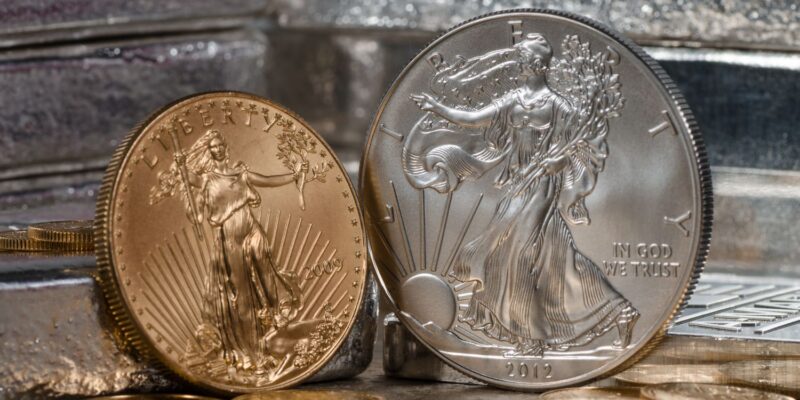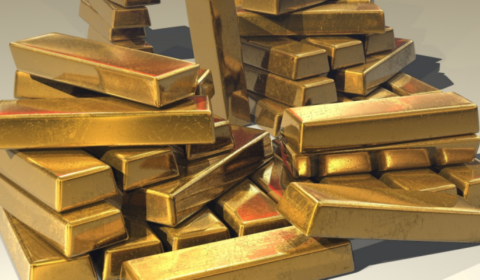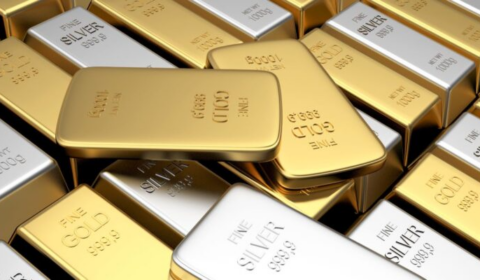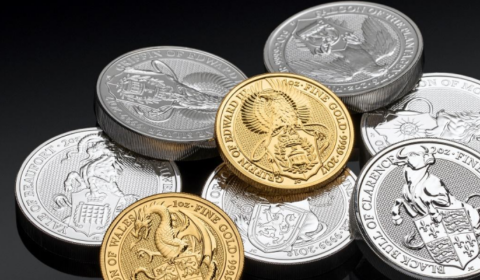Why You Should Think About Investing in Precious Metals Today

If you are seeking security in an tangible investment asset, precious metals are worth exploring. This blog dives into why investing in precious metals is a prudent move to make. Learn about the stability and potential profits of adding Gold, Silver, Platinum, and Palladium precious metals to your investment portfolio.
Should you invest in precious metals? They’re a popular choice for investors. Why? Because when the economy is unpredictable, and paper currency loses value, precious metals are a way to offset losses in purchasing power. In this report, we’ll explain why people trust precious metals to keep their money safe and guard against inflation.
Diving Deeper: The Fascinating Reasons Investors Turn to Precious Metals for Diversification
Precious metals are rare and valuable; people have used them for thousands of years. When you invest in them, you’re adding something tangible to your portfolio. Precious metals do not erode over time and can help protect your portfolio from economic uncertainty. When stocks or cash lose value, precious metals generally become more valuable. That’s why they’re an excellent way to diversify your portfolio when the market is uncertain. They can also help protect your money from rising prices due to inflation. Unlike paper cash, precious metals must be physically mined and delivered. When costs for employee wages, energy, and equipment go up, the cost to produce precious metals goes higher as well. This is why precious metals are considered by many as the best hedge against inflation.
Investors typically invest in these precious metals:
· Gold
· Silver
· Platinum
· Palladium
These metals, possessing high economic value, are highly valued for their rarity, industrial applications, and historical significance. While Gold and Silver have served as currency for centuries, Platinum and Palladium are rarer and have gained importance in modern industrial and technological processes. Knowing each precious metal’s unique qualities and uses can help you make intelligent decisions for your investment portfolio.
Gold and Silver
You’ve probably heard of Gold and Silver, the most popular precious metals used in jewelry, electronics, green energy applications, and as a store-of-value. Their historical significance as currency has made them popular choices for investment purposes. Investors often monitor the market and currency conditions to determine what percentage of Gold and Silver should represent their portfolio. It’s important to state that all investors should be adequately diversified, and Gold and Silver are critical ingredients to a well-balanced portfolio.
South Africa, the United States, China, and Australia are the primary sources of Gold, while Peru, Mexico, Chile, and China are the primary producers of Silver. Gold and Silver are not only valued for their rarity but also for their various applications. Silver, for instance, is used in manufacturing bullion coins, cell phones, cameras, computers, solar panels, water filtration systems, and jewelry.
Understanding Gold and Silver’s primary sources and applications can help you better appreciate their importance in investing in precious metals.
Platinum and Palladium
Platinum and Palladium are members of the platinum group of metals. Which are rarer than Gold and Silver. While platinum and palladium coins hold legal tender status, they are also used in industrial and technological applications. South Africa, Canada, and Russia are the leading metals producers. They have various uses, from catalytic converters in the automotive sector to hydrogen fuel cell technology, dentistry, cancer treatment, and jewelry. They play an essential role in the defense and aerospace industries. Though not as well-known as Gold and Silver, these metals still hold investment value due to their rarity and unique properties. Monitoring platinum and palladium prices can benefit investors interested in diversifying their portfolios.
Palladium serves various practical purposes, including its use in “white gold” jewelry, catalytic converters, and electrode plating in electronics. Platinum, on the other hand, is essential in the petroleum and refining sectors and the computer industry. By understanding Platinum and Palladium’s industrial uses and market dynamics, investors can make more informed decisions when diversifying their precious metal investments. Platinum and Palladium have offered investors great returns when purchased at an undervalued level.
Got Questions? We’ve Got Answers!
Why should you invest in precious metals?
Investing in precious metals can provide diversification and stability to your portfolio, acting as a hedge against economic uncertainty, inflation, and currency devaluation. Additionally, they have intrinsic value and historically tend to preserve wealth over the long term.
Why physical precious metals in 2024?
In 2024, investing in precious metals is a good idea because they will help protect portfolio values when economic conditions are unstable, or when inflation is on the rise. Many investors utilize precious metals as an insurance policy for their portfolio, and a tool to protect their purchasing power over time.
Are precious metals a high-risk investment?
Physical precious metals are generally considered a lower risk investment. Precious metals generally have an inverse relationship with stocks and other paper assets. Precious metals generally hold or increase in value when geopolitical uncertainty is present.
What is the future of precious metals?
The future of precious metals is expected to remain positive, with continued demand driven by economic uncertainties, inflationary pressures, and their role as safe-haven assets. Technological advancements and increasing industrial applications may also contribute to their long-term value moving forward.
The world of precious metal investment awaits you, and there’s no better time to begin than today. Contact our team at Orion Metal Exchange to explore your options and build a secure financial future with precious metals.






